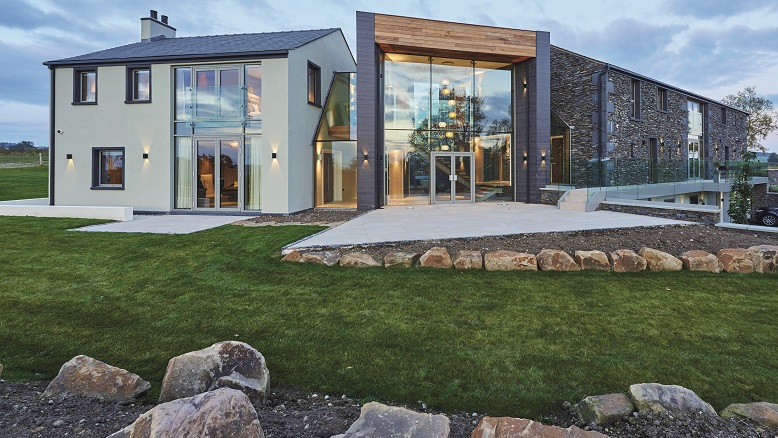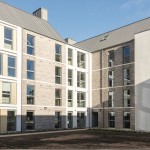The E-HAUS – the Future of Construction?
Energy Crisis, Global Warming, Carbon Reduction, Sustainability, Zero Carbon, Environmental Footprint – these are all terms familiar to the general public, yet seemingly remote to the construction industry which has such a significant role to play in the protection of our future environment.
As a major influence on the condition of the environment, both actively in the building process and passively in the results of our efforts (ie. the buildings), there is a curious reluctance to adopt measures which would benefit future generations.
The Committee on Climate Change Report just published, for example, is pretty damning of the construction industry’s efforts to counter our impact on the environment. Far from leading in measures to counter global warming, England (particularly) aspires to some of the poorest energy standards in Europe. The Report identifies that energy use in our homes actually increased from 2016 – 2017!
Over the years, however, a variety of organisations and groups have actively campaigned to stimulate more sustainable construction, with varying measures of success. The Passivhaus Institut was established in Germany to promote building homes which are sufficiently insulated and weathertight to eliminate the need for an active or central heating system, the principle being that the energy generated and recycled within the home is sufficient for a comfortable lifestyle in all but extreme weather conditions.
Back in 1995-96, as energy efficiency was starting to be taken more seriously, isorast GmbH (aka BecoWallform in the UK) launched a national competition to design a Passivhaus (Yes, the Passivhaus really has been around since then!). The competition was a huge success attracting worldwide entries and helping to establish the Passivhaus as a practical proposition.
Now Passivhaus is becoming a popular specification, the next stage of development is the E-Haus, the Energy House, generating and storing all its own energy independent of the grid and delivering surplus energy back into the local network to reduce the requirement for centralised energy production. Advancing technology in design and detailing of building fabric, equipment and energy storage is creating the opportunity to build homes and communities with a negative carbon footprint in a more balanced environment.
Following the success of the original Passivhaus competition, isorast (BecoWallform) have launched a new competition to design the E-Haus, again leading the way in promoting a sustainable environment.
The E-Haus competition is open to architects and designers in the EU, UK and Switzerland, to design a family home up to 200 sq.m. which is energy self-sufficient. Total prize money is €55,000 and entries are to be submitted by 16 August 2019. The winning projects will be exhibited at the ReWoBau Trade fair in Wiesbaden, 7 – 9 February 2020. Further details and competition documents are available via the isorast website: www.isorast.de/downloads.









Leave a Reply
Want to join the discussion?Feel free to contribute!